This easy DIY mask works to treat acne, impede bacterial growth, moisturize, hydrate and replenish skin with an abundance of nutrient-dense enzymes.
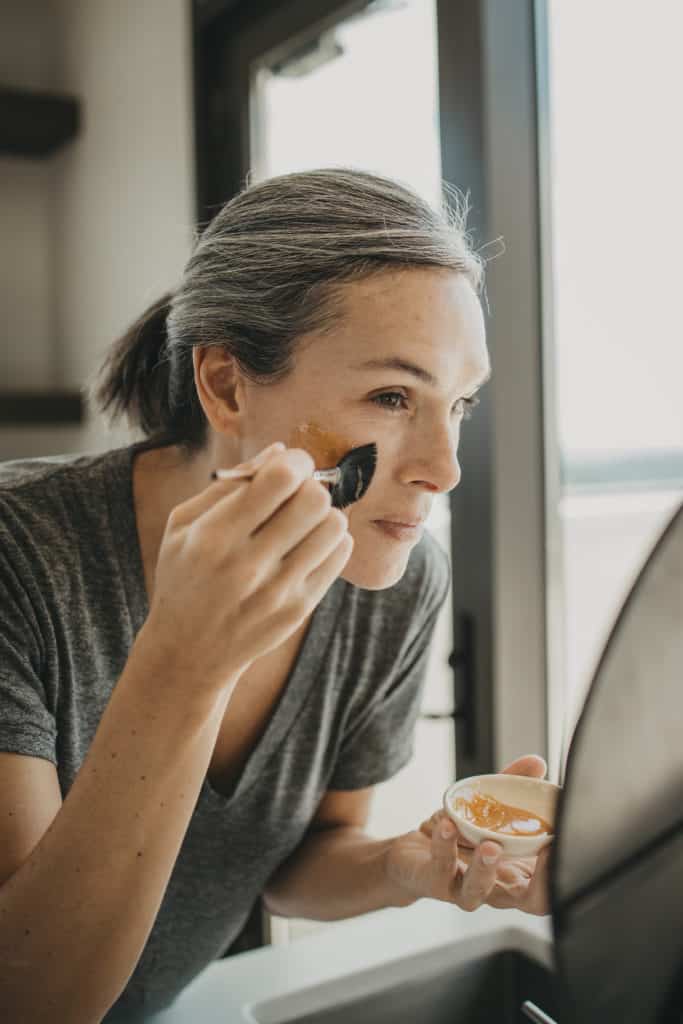
Thanks to Pacific Resources International for sponsoring this awesome post!
Okay so this is officially my first (and probably last) DIY post. I wouldn’t do you like that girl. If you’ve been following along for any time at all, you know I abhor DIY…it’s more like DI WHY!? With everything going on at this stage in my life, mama ain’t got time for that. BUT I am making an exception here because this DIY mask only calls for ONE ingredient, YES ONE!
RELATED: Read my DIY Moisturizing Face Mask and DIY facial oil from Laurel Skin founder.
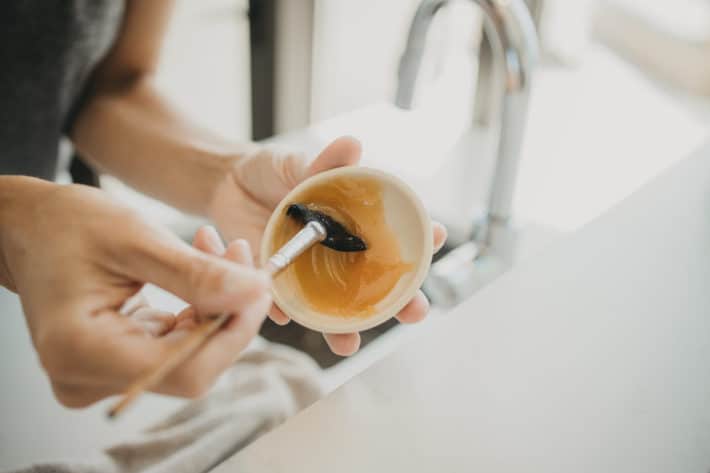
What’s the one ingredient you might ask? Manuka honey and it delivers brilliant results. Anyone can “make” this mask with minimal to no effort AND if you happen to feel your inner Martha knocking, it’s easy and fun to customize by adding spirulina, clay, maca, vitamin c, oatmeal, wild mushrooms (!?) OMG, did I just convert myself?!
Nope. Still here. Okay so let’s talk honey. Honey is skincare’s modern-day MacGyver – especially in clean/green beauty. It’s great as a mask or a cleanser to treat acne and/or dry skin but it’s also beneficial for most skin types.
What can Manuka do for me!?
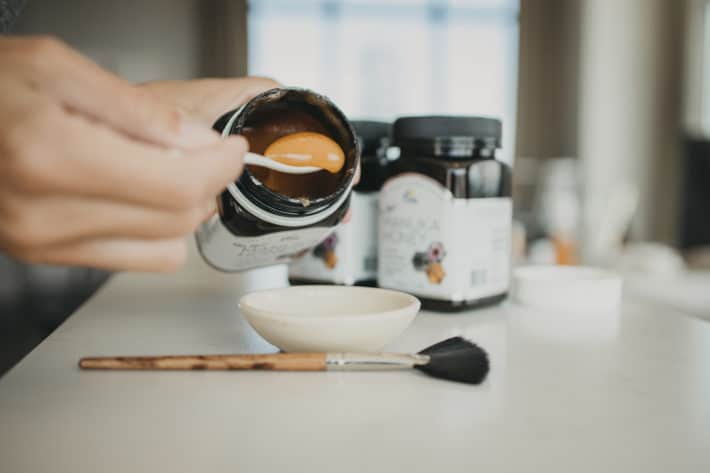
Speaking from experience first. I luuuuuuve a good honey mask. It instantly improves my skin’s appearance leaving it more moisturized and glowing. Why?! Honey..
- Gently nourishes skin and doesn’t strip skin of its natural oils.
- Has a low pH level (4.4) which bacteria do not thrive in.
- Acts as a light exfoliator – especially when you practice honey tapping.
- Has anti-inflammatory properties and can decrease inflammation caused by acne and blemishes.
- Has antibacterial properties and can help eliminate bacteria on your face that may be contributing to flare ups.
- Has been shown to accelerate wound care and can help heal existing blemishes.
- Delivers vitamins (B2, B4, B5, B6, B11 and C), minerals (calcium, iron, zinc, potassium, magnesium, selenium..), antioxidants (flavonoids), enzymes, amino acids..
- Is antiseptic and cleanses the skin.
- Promotes rehydration by drawing moisture to the skin.
- Improves softness and texture.
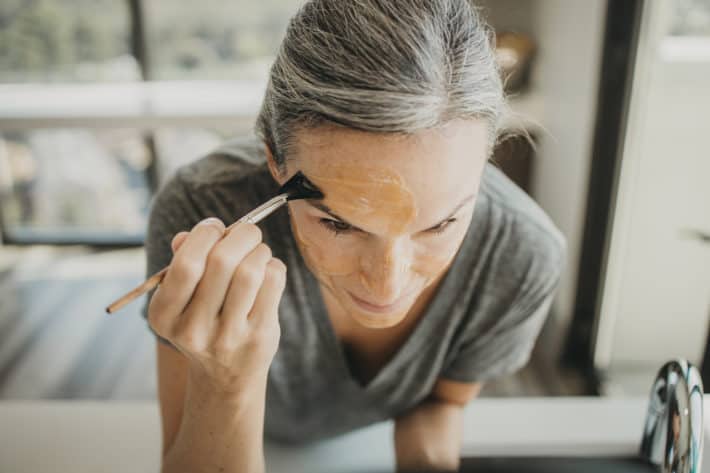
Leah Klasovsky, founder and formulator of Leahlani Skincare based out of Kauai, HI she says honey is her favorite skincare ingredient.
“As someone who battled cystic acne for years, it was honey that helped to both clarify and heal my skin. In its raw form, honey is naturally antiseptic and antimicrobial, helping to cleanse the skin and dissolve bacteria thoroughly.
Honey contains gluconic acid, a mild AHA that helps to brighten the skin, even the complexion and fade age spots. It is brimming with nutrients, such as vitamin B, manganese, iron, potassium, and calcium. Once mixed with water, honey will release a peroxide property that helps to heal acne and impede bacterial growth. Honey is also extremely moisturizing and hydrating and replenishes the skin with an abundance of nutrient-dense enzymes.”
But of course not all honey is created equal…
I mean, you can’t just walk into any ol’ grocery, grab a plastic honey bear and call it a day. Honey comes in many different shapes and forms. It can be either raw (straight from the comb) or pasteurized (heated and processed). It can also be unifloral (coming from a single species of flower) or multifloral (nectar from more than one species of flower). Choosing the right honey can make a difference.
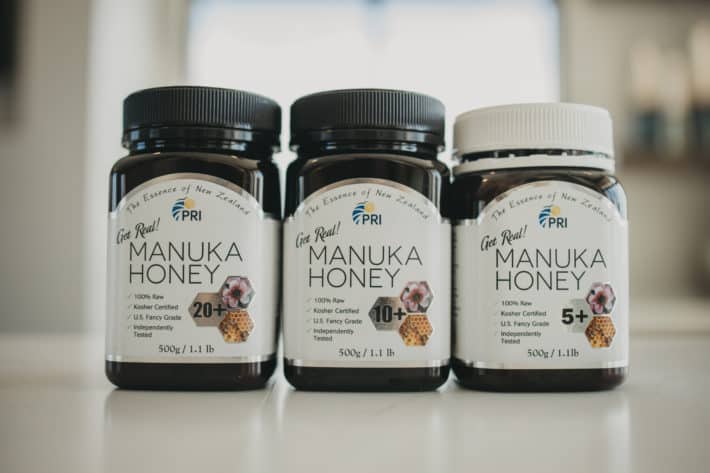
What’s the right one? It’s Manuka. Well…for this one ingredient face mask it is. Manuka is the latest health craze and people use it to treat a myriad of ailments including sore throats, coughs, MRSA, cuts, burns, rashes, wound care, digestive issues…boosting immune system, ear issues, allergies…but our main focus today is treating acne, eczema, dry skin and active skin conditions. Cancer.gov cites, “Manuka honey has been reported to stimulate the formation of new blood capillaries and the growth of fibroblasts [collagen producers] and epithelial cells [outer layers of skin] when applied topically.”
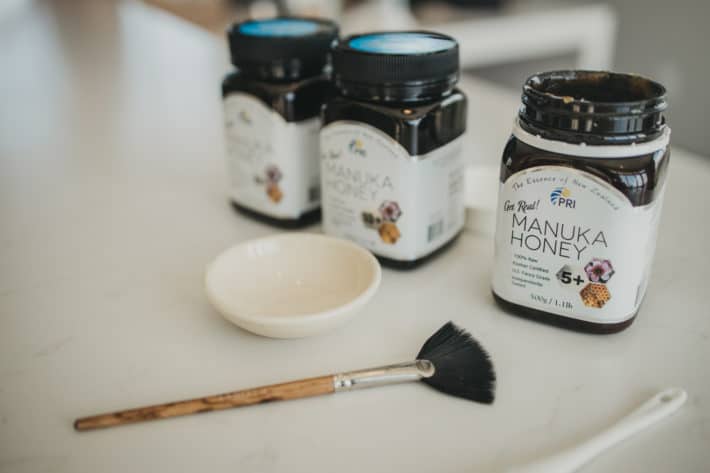
Jamie McDowell, esthetician and founder of Modern Holistic in Atlanta, GA adds, “Honey, especially Manuka, is the truest HEALING OINTMENT for the entire body and skin. Manuka Honey is like nature’s Neosporin and I highly recommend a straight ‘honey mask’ for most of my clients with ‘active skin conditions.’
Since most acne products tend to dry out the skin, honey is actually one of the BEST solutions for treating acne because it hydrates the skin and cells. This is critical for healing.
When drying out the skin and the breakout, it does not allow the breakout to actually heal. This creates skin trauma which leads to hyperpigmentation.”
What’s the deal with Manuka?
For starters, Manuka honey is native to New Zealand. You can’t get Manuka honey from China or the USA. Why? It’s produced by bees who pollinate the flower Leptospermum scoparium – or what most people call the Manuka bush – native to New Zealand. And Manuka is crazy high in antibacterial properties. David Noll, owner of PRI explains, “All, natural raw honey contains 2 antibacterial actions:
- Hydrogen Peroxide – a known anti-bacterial.
- Osmotic Pressure – The concentration of sugar to water is very high which means it will literally suck the water out of bacteria and other organisms.
But Manuka has a third ability. Methylglyoxal (MG). This is what gives Manuka its superpowers. This is the scientifically proven “active” component of Manuka Honey. An antibacterial action not deactivated by the human body’s natural defenses. If a Manuka honey doesn’t have an MG rating, then you don’t know what you are buying. If Manuka has no to little amounts of MG then it really is no different to any other honey.”
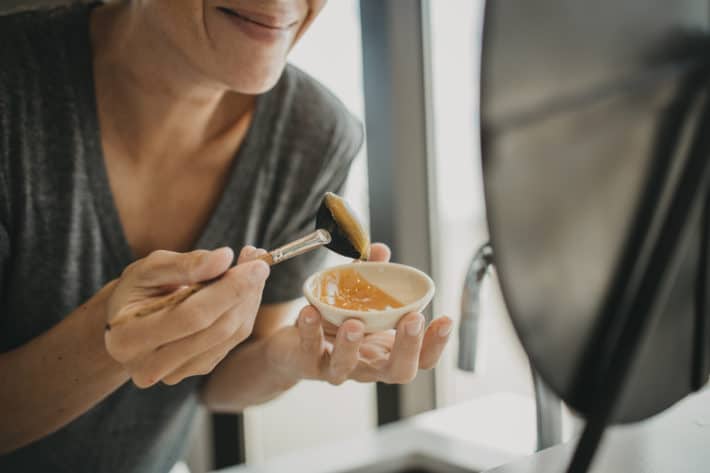
So how do you know you are buying real Manuka honey that contains a therapeutic dose of Methylglyoxal? So glad you asked! There are two ways.
1. You can look for a honey that has a UMF (Unique Manuka Factor) rating. 2. You can contact Manuka honey companies and ask them for their independent test results.
The higher the rating, the more active the Manuka.
Why not just go by UMF?
UMF is a certification companies pay for – like the USDA organic certification. But just because a Manuka is NOT CERTIFIED, it doesn’t mean it’s automatic shite.
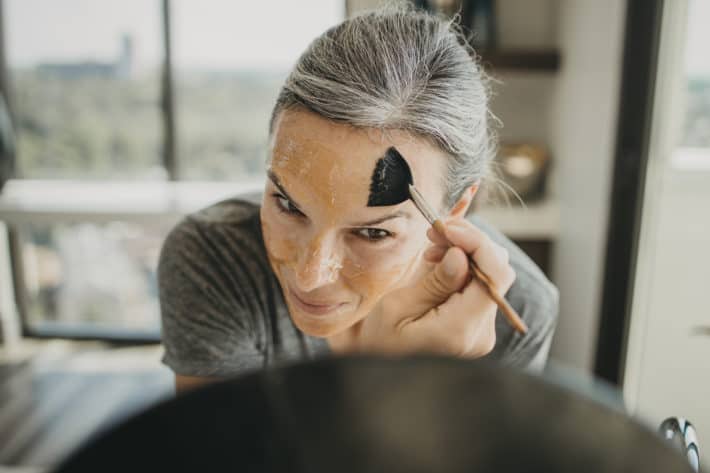
It’s like at the farmers market. You buy a carton of strawberries from farmer Joe who cultivated without the use of pesticides. Just because Farmer Joe didn’t go and get his .5 acre farm USDA certified organic doesn’t mean his strawberries automatically have 23 pesticide residues on them. In fact, they are probably WAY BETTER (and tastier) than Driscoll’s organic pink hard ones you buy at Whole Foods in December. I mean, don’t even get me going on strawberries. I digress.
The point is (again and again) the label will only take you so far. You have to talk to the company to get the real story. Are they transparent? Are the forthcoming? Do they employ third party testing? What do they value? Are they knowledgeable, versed, passionate? Let’s look at PRI’s Manuka honey for example.
PRI founder David Noll explains, “For over 30 years, PRI has set the standard for real Manuka honey long before the UMF club was created. PRI has always had every batch for every jar tested by an independent lab in New Zealand. These independent lab reports are available to consumers upon request. (They show all the active components in Manuka including Leptosperin, DHA and Methylglyoxal. The term for these unique properties is referred to as “non-peroxide activity” or NPA.)
The term UMF was coined and trademarked. So there is an extra charge to use the UMF trademark. UMF logo or not, without the independent test results, it’s “buyer beware.” Why pay more when you can get the same, if not better fore less?”
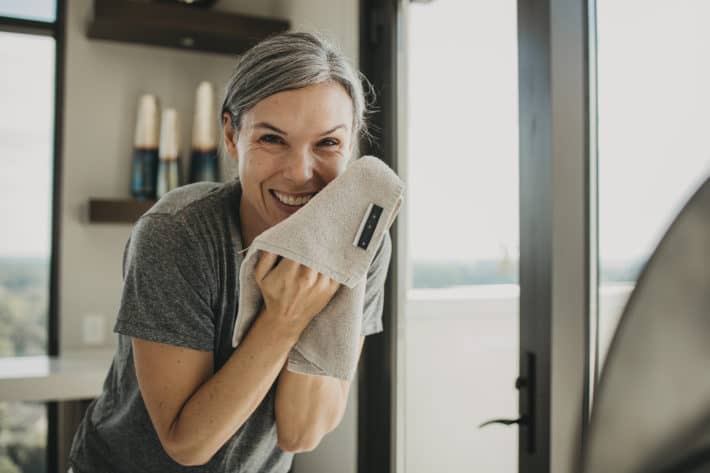
DIY HONEY CLEANSER:
Honey makes an awesome cleanser. This is the one I’ve been using and loving. It’s an excellent option for people with acne or an active skin condition but it’s great for all types of skin including normal, dry, oily, maturing, etc. I personally like honey cleansing in the morning when I don’t have any makeup on. BUT if you have makeup on, remove it first with an oil and then use honey as your second cleanse. More on how to double cleanse here.
The how to:
- Scoop a quarter size (or two) amount of honey out of the jar and apply it to your face.
- Spread the honey to all parts of your face and neck – as your skin warms the honey it will spread easier. Or you can wet your fingertips to help it spread.
- Massage honey into your face and neck for several minutes (I usually avoid my eyes).
- Wash off with warm water and a warm wet cloth.
DIY HONEY MASK:
I also love a good honey mask. Again great for all types of skin but especially those with acne or blemishes. Leahlani’s Mermaid Mask and Laurel’s Honey Berry Enzyme Mask are two of my OTC faves if you are looking for something formulated. And last but not least, Jamie McDowell, licensed esthetician and owner of Modern Holistic shows us how to DIY mask at home using just Manuka:
1.After cleansing with a nourishing oil cleanser, pat skin dry and apply 1-2 tablespoons of Manuka honey on inflamed areas of the face (or entire face) using your hands. The honey will be thick to start, however, will start to thin from the heat of your body.
If you have blackheads, ‘honey tapping’ is a great method to literally pull them out. Since Manuka honey is thicker, it can help to pull out debris in larger pore areas such as nose, chin, and forehead.
2. Make sure to apply honey to the chin, jawline and neck (even chest and back if you have skin problems on the body).
3. Leave on for 15 minutes.
4. Towel Steam
- Run a clean, organic washcloth under hot water. Rinse completely and apply on the face. Make sure the towel will not burn the skin.
- Enclose the hot washcloth over entire face, creating a “steaming effect”.
5. Gently remove downward from the forehead to the neck. Always use a clean side of the cloth for each section of the face.
6. Once you’ve removed the mask, rinse the washcloth again with hot water, and repeat removal process.
7. Finish by treating the skin with an anti-inflammatory oil or serum such as Laurel’s Unburden Serum or something as simple as aloe cut fresh from the plant leaf. And seal it all in with a healing balm like Laurel’s Night Balm to help aid the healing from within.
RELATED: pair this with the DIY exfoliating scrub
One more thing girl….check your diet
Although masking and cleansing can help to externally treat issues like acne and eczema, most of the time these are internal issues so it’s important to look at diet too!
This is the honey I’ve been using and loving. Have you tried honey masking?
Photos by Monkey & Squirrel
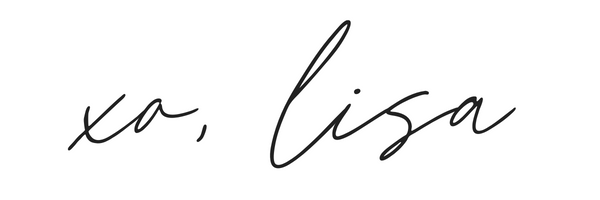


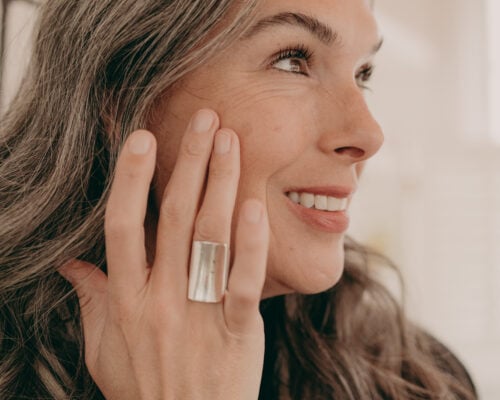
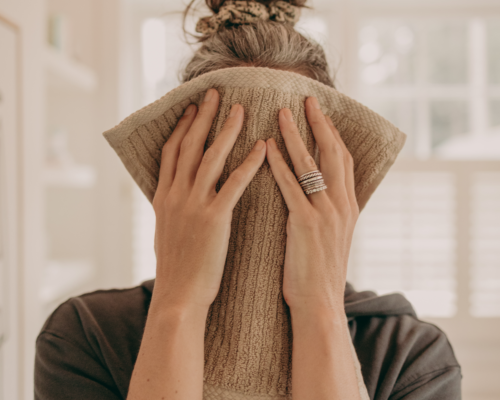
Lisa Davis
March 21, 2021So good! Thank you!